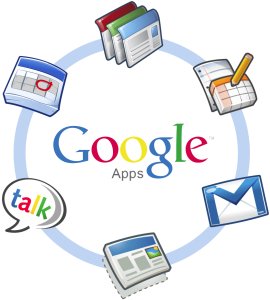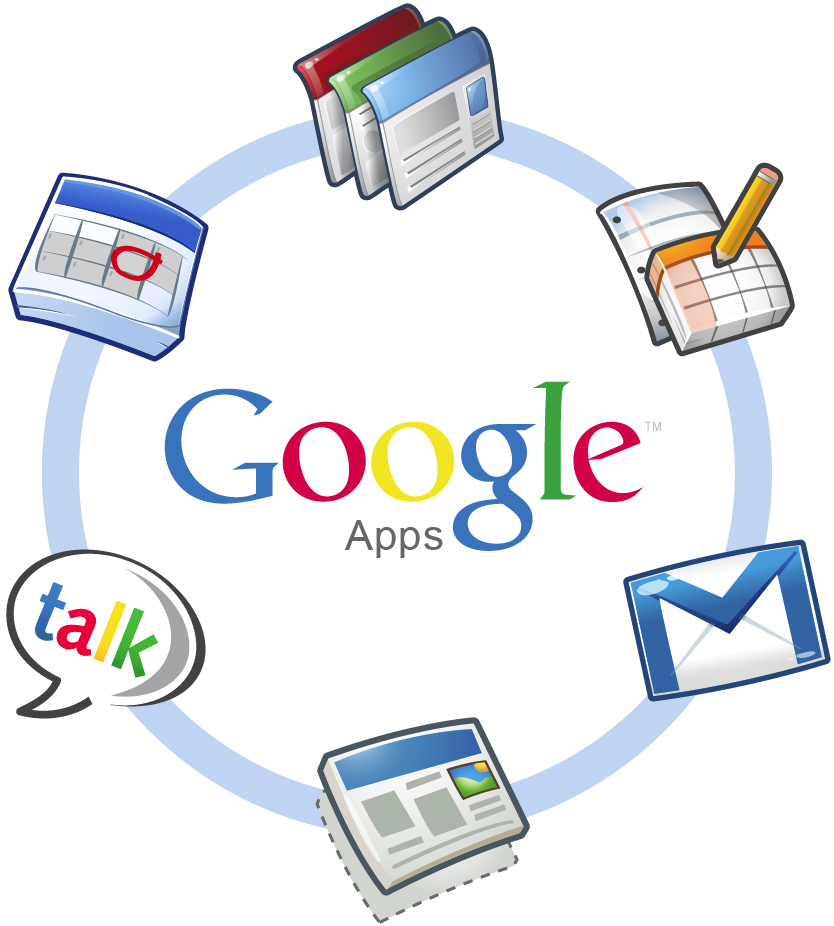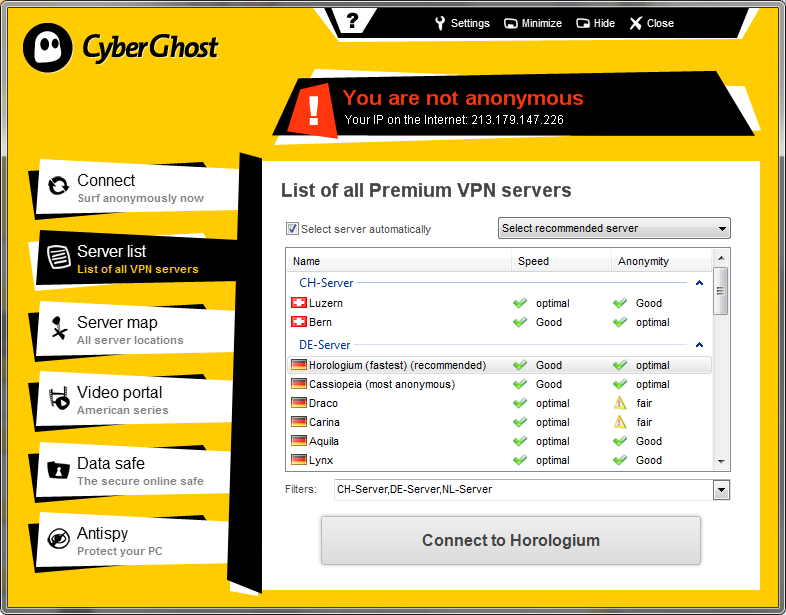 When Google+ first arrived on the social media scene, skeptics questioned whether a website so similar to Facebook would succeed in a competitive market. However, Google+ quickly set itself apart from existing social media platforms by offering features different from those available on other sites. The number of users grew quickly, and Google+ claimed a prominent position in the social media food chain. The platform is becoming especially popular among college-level students and educators incorporating virtual learning techniques with many of the features it offers.
When Google+ first arrived on the social media scene, skeptics questioned whether a website so similar to Facebook would succeed in a competitive market. However, Google+ quickly set itself apart from existing social media platforms by offering features different from those available on other sites. The number of users grew quickly, and Google+ claimed a prominent position in the social media food chain. The platform is becoming especially popular among college-level students and educators incorporating virtual learning techniques with many of the features it offers.
Why Google+?
In the past, students and instructors have utilized other social media platforms, such as Facebook, to support learning and instruction. Though these platforms are still in use, some educators have made the move to Google+ because its features are more compatible with their objectives. Google+ eliminates many of the privacy concerns associated with other platforms, and it offers several advanced features that aren’t available from any other site. Furthermore, though not all users were immediately onboard with the recent changes to the Google+ interface, most users still believe that Google+ is easier to use than other platforms.
How Universities Use Google+
- Tutoring. Using the Hangout feature, professors can host tutoring or study sessions for students who are struggling with course material.
- Engaging students. Using Google+, students can interact with instructors and peers before they attend their first class. Instructors can use this to their advantage by engaging students in the material before formal sessions begin.
- Encouraging virtual learning. Using this platform, teachers can share links to helpful online resources students can use to enhance their understanding of course topics.
- Office hours. With the Hangout feature, instructors can conduct online office hours. This allows instructors to hold their office hours regardless of the weather. It also allows students to speak with the instructor without traveling to campus.
- Student feedback. Instructors can use Google+ to solicit regular feedback from students about exams, classroom instruction and course topics.
- Professional collaboration. Instructors can use the Hangout feature to discuss lesson plans, class projects and possible assignments with one another.
- General communication. Much like other social networks, Google+ can be used to transmit information from instructors to students. An instructor can have a conversation with only one student, a small group or the entire class. Using this feature, the instructor can share information about scheduling, assignments and upcoming exams. Unlike other networks, Google+ allows users to access posts by date, which prevents important course communications from becoming buried over time.
Google+ is still a relatively new platform, but it already provides many benefits to students and instructors in higher education. The platform not only encourages practical communication between students and teachers, but it also facilitates professional collaboration and student feedback. In addition, Google+ can be used to engage students in course material, support independent study, and increase the availability of individualized attention from the instructor. As time goes on and Google+ continues to evolve, it is likely that its features will become even more user-friendly for educators and students alike.

























Leave a Reply